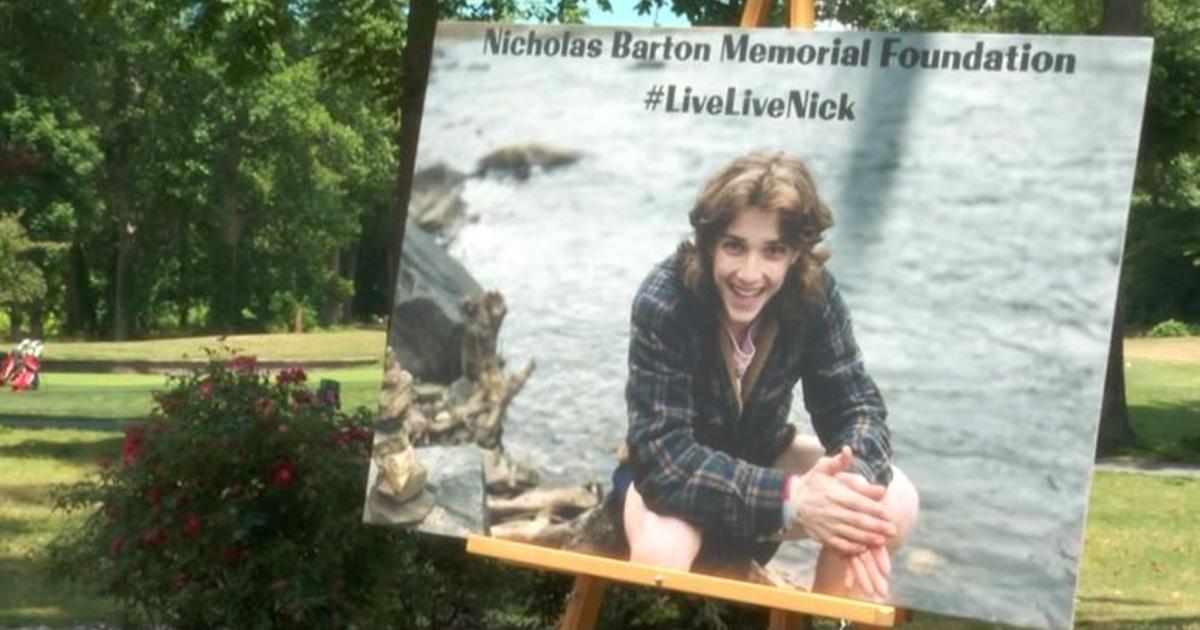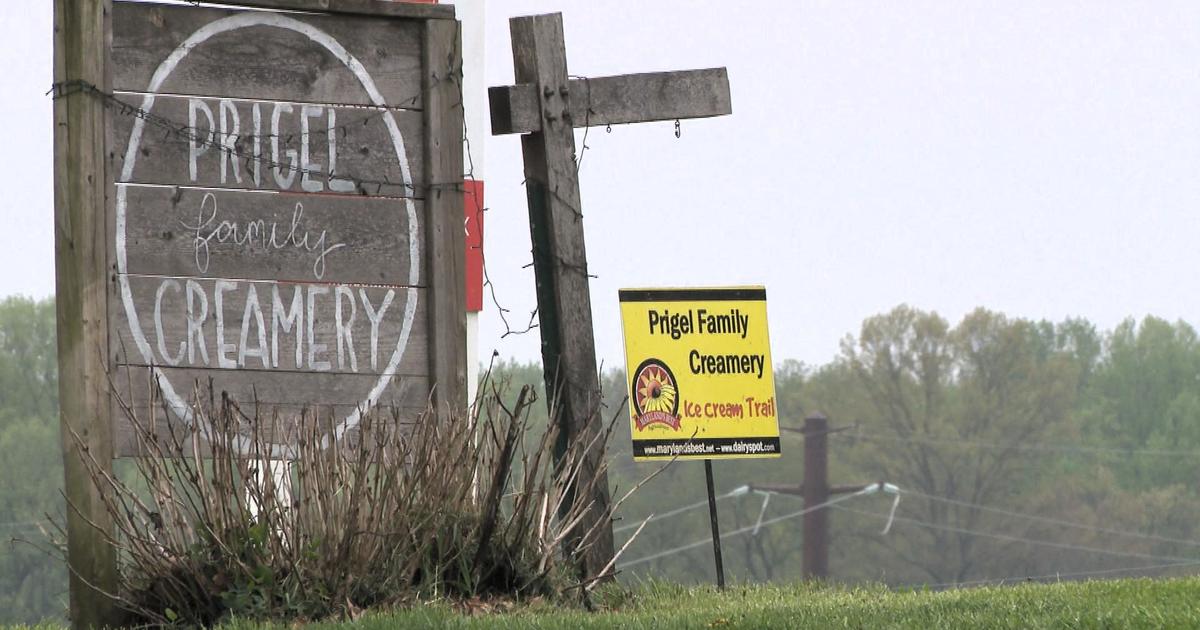Md. Hosts Stormwater Runoff Meeting For Officials
ANNAPOLIS, Md. (AP) -- Top state officials led by Gov. Martin O'Malley hosted Maryland county and local officials at a meeting Monday dedicated to reducing stormwater runoff, a major source of Chesapeake Bay pollution. But many worry about the cost of reducing it.
The governor opened the daylong meeting by acknowledging that controlling runoff is a big challenge, but urged the officials to take advantage of the innovation and resourcefulness of their employees. The governor noted that progress has been made in other areas, such as blue crab restoration, when leaders followed the science and made a commitment.
"Now, that we know we have to do this, I want to ask you to please unleash that creativity," the Democratic governor told the local officials.
Environment and Natural Resources officials also reminded the officials of grants and other financial aid that is available.
Natural Resources Secretary John Griffin noted that the proposed Chesapeake Bay trust fund budget for fiscal 2014 contains $33 million in funding for stormwater reduction and that urban tree canopy and stream restoration programs also have funding for programs that can help reduce runoff.
The meeting was held as county officials are increasingly chafing at regulations imposed by the state and federal governments.
A Baltimore law firm is recruiting counties to challenge the bay restoration effort, arguing that the threat posed by sediment deposited behind the Conowingo dam across the Susquehanna River, a major bay tributary, has not been properly accounted. Farmers from rural counties also rallied at the State House last month to protest a new septic law, part of what some are calling a war on rural parts of the state.
Secretary of the Environment Robert Summers noted that progress has been made in cutting bay pollution from farms and sewage treatment plants.
"We need to begin to turn the tide on stormwater as well," he said, adding that the state could face tougher EPA regulation if the state doesn't meet its commitments under a new federally led bay restoration plan.
The new strategy breaks up the six-state bay watershed geographically and imposes daily pollution limits. Failing to meet the new limit could lead to a federal takeover of permitting that's currently conducted by the state and expansion of federal regulation of animal feeding operations, stormwater permitting and other activities, Summers said.
The local officials were also given low-cost examples of how to cut runoff. Many involved removing asphalt, concrete and other impervious surfaces. That allows it to penetrate into the ground, where the soil will filter out pollutants before they make their way into waterways where nitrogen and phosphorus from fertilizers, auto and power plant emissions and other sources can fuel oxygen-robbing algae blooms that create dead zones unable to sustain life.
Maryland Environmental Services Director James Harkins said "harvesting asphalt," or removing pavement, can provide big benefits.
Gary Pusey, Somerset County's planning director, said the county has stormwater policies in place for new construction, but meeting the goals in the bay restoration plan means stormwater reductions also have to be made elsewhere.
"How do we go back and address a lot of this when it's already in private ownership?" Pusey asked.
Pusey said his county recently looked at 20 projects costing a total of $1 million that would cut nitrogen runoff about 145 pounds a year.
The county, meanwhile, needs to cut 37,000 pounds of nitrogen, Pusey said.
"It's big," Bill Sterling, a project manager for the city of Salisbury, said of the costs. "This is an information gathering opportunity for us."
Calvert County Commissioner Susan Shaw asked for help in working with homeowners associations because her county had several large, private developments. Shaw said about a quarter of her county's residents live in older housing communities that were built without any stormwater controls. And the houses are tightly built, leaving little open space for rainwater to soak into.
"It's the house and the driveway, and that's it," she said.
(Copyright 2013 by The Associated Press. All Rights Reserved.)



